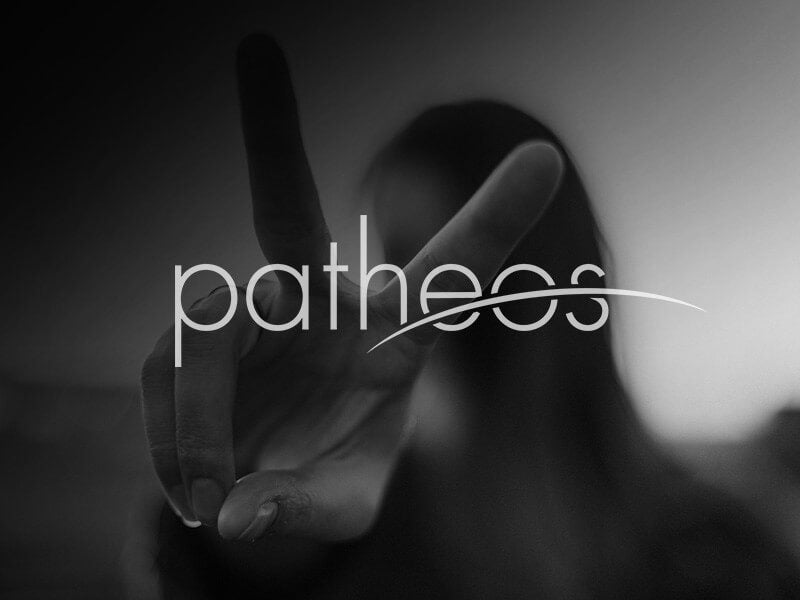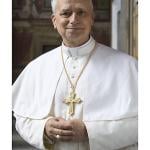Last updated on: December 2, 2016 at 12:03 am
By
CNA Daily News
New Orleans, La., Dec 1, 2016 / 05:03 pm (CNA/EWTN News).- When most people think of New Orleans, they think of Mardi Gras. The raucous parades, elaborate masks, and colorful beads associated with the Carnival season are largely synonymous with the southern Louisiana city. But to Raymond Arroyo, host of EWTN's The World Over, the Big Easy is at its best during another season: Christmastime. To Arroyo, the festive spirit, faith, and traditions of his hometown are unrivaled when it comes to celebrating the Christmas season. “Christmas brings out the best, I think, in every part of the country and the world. But there are things specific to New Orleans that I thought lent themselves to a national exposure,” he told CNA. And now, the New York Times bestselling author hopes to bring a little taste of New Orleans’ Christmas magic to the rest of the country, with a one-hour broadcast documentary airing across the country on American Public Television/PBS throughout the fall and Christmas season. Produced by DP Studios, the Christmastime in New Orleans special is written and hosted by Arroyo. It will also air on EWTN and will be available for purchase on DVD later this year. Featured in the special are some of city’s notable personalities, including actors Wendell Pierce and Jim Caviezel; renowned chefs John Folse, John Besh, and Leah Chase; and musicians from a new 18-piece jazz orchestra, The NOLA Players. The documentary is one half of a two-part project, which also includes an album featuring music from The NOLA Players. Eighteen of the top jazz musicians in New Orleans come together to form a “super-group” of musical talent, offering original compositions of Christmas classics. Produced by AimHigher Recordings/Verve, the album is currently available world-wide. The program features the work of Mike Esneault as project arranger and music director, as well as vibraphonist/percussionist Jason Marsalis, a member of a famous New Orleans jazz family that also includes his brothers, Wynton and Branford, and his father, Ellis. The Christmastime in New Orleans project was born when Monica and Kevin Fitzgibbons, the co-owners of De Montfort Music and AimHigher Recordings, were intrigued by interviews they had seen on Arroyo’s show about Christmas in his hometown. They had been wanting to do a jazz project, with a focus on faith and family. “I think the heart of it is family,” Monica Fitzgibbons said. “It’s an album that everybody in the family is going to love. All different generations are going to love it. It’s classic, but it’s just made for all ages.” The goal of both the soundtrack and the documentary is to capture the spirit of the people, and to show the magic, color, and fun of Christmas in New Orleans.A family-based society Arroyo grew up in New Orleans, and while he now lives in Washington, D.C., he tries to return to his hometown for the holidays whenever possible. “There’s nowhere else that I feel as connected to the people and activities of Christmas,” he said. Part of what makes the city’s celebrations special are the close family and community ties. In the documentary, Chef John Besh says that while the city has a reputation for wild parties and immorality – largely connected to visitors attending Mardi Gras celebrations – the real New Orleans is a family-based society. This concept of community is lost in so much of America, Arroyo commented, but in New Orleans, there are still special moments and festivities that are built into life where people naturally come together with their neighborhood and family. “New Orleans culture is made and passed on at the family table,” he said. “That’s why food is such an important part of our culture.” The family table, he continued, is where memories are collected and the faith is transmitted. Generations pass on a common identity, meaning, and history. And this is secret to why the food and music are so good, he said – they are an overflowing of the faith of people, and their love for one another.A message of unity Arroyo said that when he started the project two years ago, he had no idea that it would air during one of the most divisive moments in recent U.S. history. Following a heated election season that left many people feeling estranged from one another, he thinks the program has an important message about unity. A true melting pot of races and nationalities – Native American, French, Spanish, German, English, Italian, and African – New Orleans has enjoyed decades of racial cooperation, intermarriage and shared history that have united the people and removed barriers present in other cities across the country. Renowned chef John Folse explains in the special, “No other city ever, in the history of this world, had seven distinct nations coming together to create what we call the creoles.” From jazz to gumbo, the city’s culture relies upon appreciating the shared contributions of different races and nationalities. Underlying this unity is a common faith that Arroyo describes as “a key part of what holds that particular culture together.” “It’s a lived Catholicism. It’s a big, bold, expressive Catholicism,” he said, citing a local saying that “Catholicism is like the air you breathe in New Orleans.” This shared faith affects everything. The state is divided into “parishes” instead of “counties,” and changes in the liturgical calendar are tangible. Many restaurants do not serve meat on Lenten Fridays. St. Joseph’s Day altars are constructed each year on the saint’s feast day. And following a “dizzying spin of balls and dinners and parades” from Epiphany to Fat Tuesday, the start of Lent is drastically observed. “When Ash Wednesday comes, you feel as if someone threw the brakes on life,” Arroyo said. “All the color, all the magic, all the fun, it just goes away in a flash. You really feel the deprivation of Lent in a way I’ve never felt it anywhere else.”Christmas unlike anywhere else Naturally, this underlying Catholic atmosphere – which permeates the city’s music, food, and way of life – seeps into its Christmas celebrations as well. From the more than 10,000 people that gather for Christmas Caroling in Jackson Square to the tradition of Midnight Mass downtown followed by an elaborate Reveillon Dinner, the Christmas experience in New Orleans is unlike any other. And while most cities see their public Christmas festivities come to a sharp halt on December 26, New Orleans celebrates the full 12 days, after which the transition to the Carnival season begins. In capturing the spirit of the people in New Orleans, Arroyo thinks the project may also have a message for other parts of the country “about a true celebration of faith – how it looks and feels and sounds and tastes.” He commented on what he sees as a tendency among American Catholics to sometimes be overly solemn in their celebrations. “We don’t all have to look like we just lost our best friend every time we celebrate a feast day,” he joked. “We can actually have a good time.” He pointed to the enthusiasm and joy of the jazz musicians, and the zest of the food and music, the singing and dancing. “I wanted that festive spirit, and I think we captured that.” Noting Pope Francis’ warning against Christians who perpetually sport “long faces” and “gloomy looks,” Arroyo commented, “We don’t have that in New Orleans.” From celebrating Christmas and Mardi Gras to saints’ feast days and the lives of loved ones who have died, “you want to express those days in big ways. Because then everybody can take part.” “It’s not something you do alone,” he said. “We need each other. I love that about the faith, and I love that about the way that New Orleans expresses that faith.” Read more















